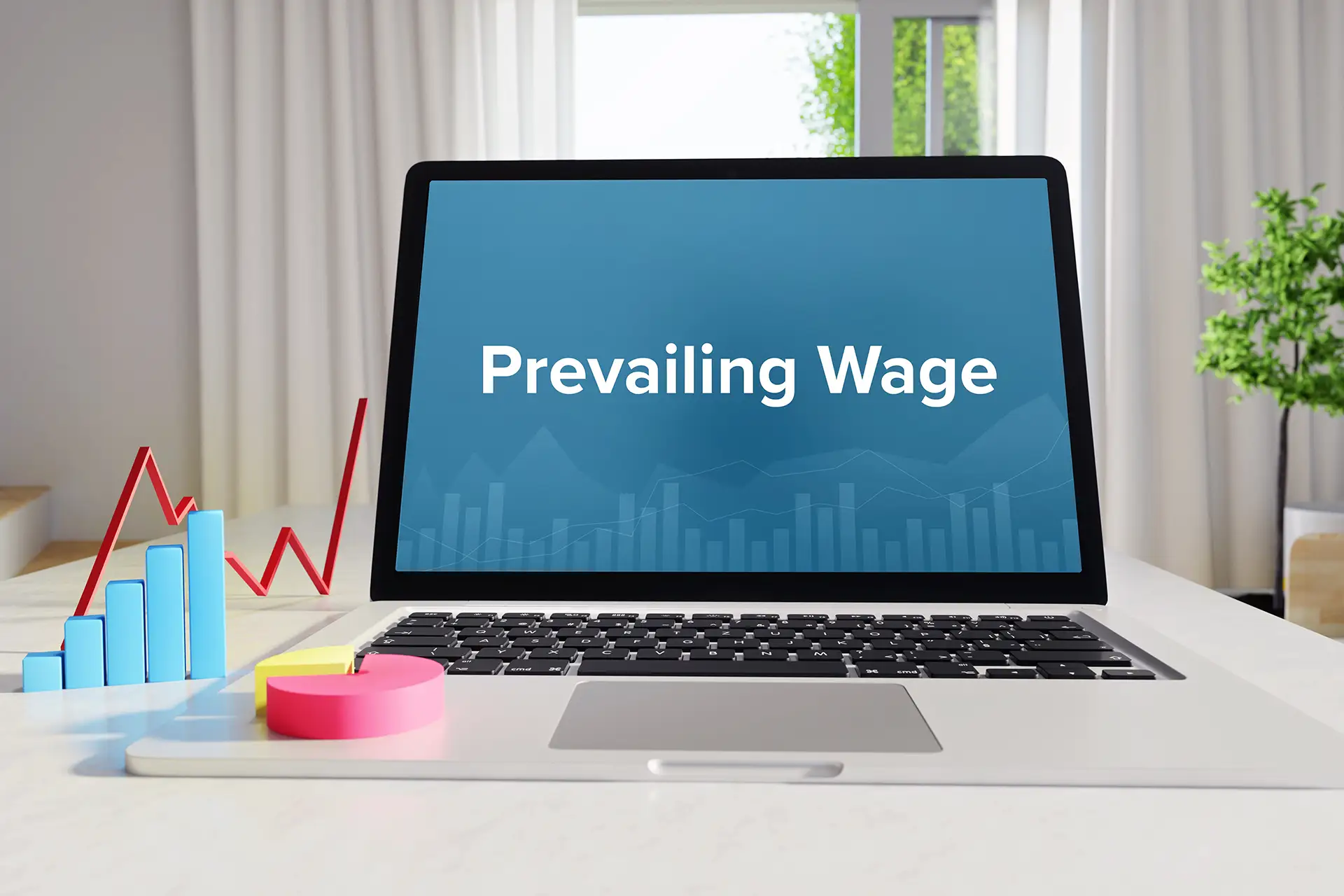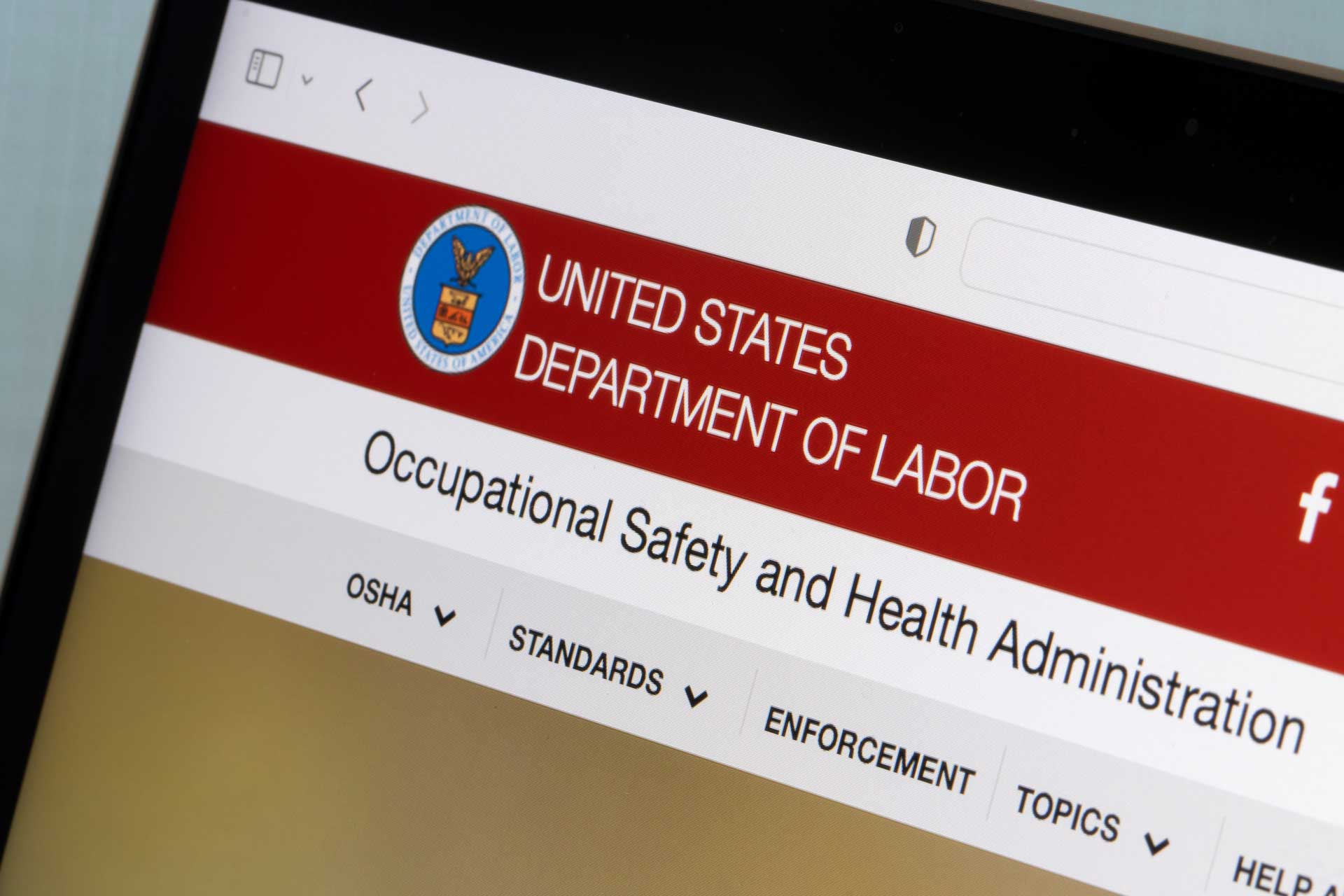The new year brings with it new legal requirements for contractors and subcontractors in New York State. On December 30, 2024, Section 220-I of the New York Labor Law went into effect. This new law requires registration with the Department of Labor for all contractors and subcontractors working on public projects as well as private projects covered under Article 8 of the Labor Law.
The legislation has been enacted in an effort to increase compliance with New York’s prevailing wage laws and other laws protecting workers.
As of December 30, contractors must register before submitting any new bids or starting work on covered projects. Any contractor or subcontractor planning to bid on a covered project who has not yet done so should register immediately.
Review and processing time for applications is estimated to take three to four weeks. As such, the New York State Department of Labor (NYSDOL) encourages all contractors and subcontractors to register as soon as possible to avoid impacting project schedules or bidding periods. Please note that registration is not valid until an application has been reviewed and a certificate has been issued.
The NYSDOL lays out the steps for registering on their website. As part of the application process, contractors and subcontractors will need to provide details regarding their business and its officials, workers compensation and unemployment insurance, any previous labor law or employment tax law violations, previous violations of workplace safety laws or standards, and apprenticeship programs if applicable. Also, contractors who are in arrears on NYS State Unemployment Tax (NYS-45 SUTA) may be denied a certificate by the DOL until addressing past due amounts. For a full list of required information and documents, see the NYSDOL website’s page titled “What You Need to Register for the Contractor and Subcontractor Registry.”
A $200 fee is due upon registration, reduced to $100 for New York State certified Minority or Woman-owned Business Enterprises (MWBEs).
Once registration is approved, a registration certificate will be available for download in the Contractor Registry Portal. The certificate is valid for two calendar years from the date of issuance. It is important to note that registration must be renewed at least ninety days before the current registration expires. Contractors and subcontractors can check the status of their registration at any time through the Contractor Registry Portal.
Contractors who do not register with the DOL run the risk of not being awarded public works jobs. Additionally, failing to comply with registration requirements may result in a penalty of up to $1000 and the issuance of a stop work order. Register now to avoid these risks.
Lastly, the burden of proof of registration for all subcontractors will fall on the prime contractor. Prime contractors can initially review the NYS DOL website registry to see if a sub has applied and been approved. However, they should set a new standard of collecting a copy of the subcontractor’s registration certificate as part of a bid package or prequalification. Please note that registration under this new law does not replace or change other legal requirements for contractors and subcontractors but stand in addition to previously existing requirements.
The Frequently Asked Questions page on NYSDOL’s website provides helpful information for registrants. The Bureau of Public Work and Prevailing Wage can also be contacted for additional information or assistance regarding the registration process at 518-457-5589.
While you focus on keeping up with the latest legal requirements for New York State, please know that RBT CPAs is here to support your accounting, tax, audit, and advisory needs. Give us a call today to learn more.









